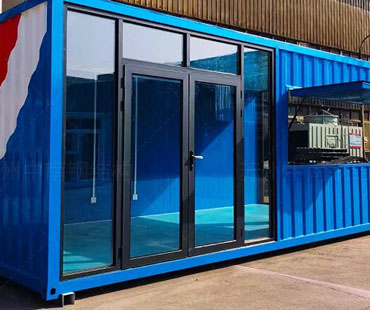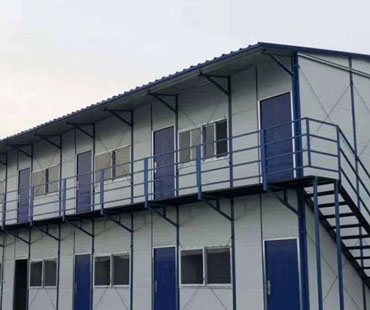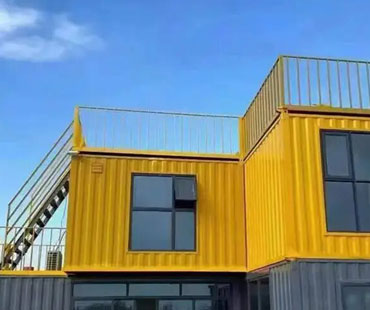In recent years, container architecture has emerged as a revolutionary approach to building design, merging innovation with environmental consciousness. This unique architectural style utilizes shipping containers as the primary structural element, creating versatile, functional, and aesthetically pleasing spaces. As urbanization accelerates and sustainability becomes a pressing concern, container architecture offers a compelling solution to the challenges of modern living.
The concept of repurposing shipping containers for construction is not entirely new; however, it has gained significant momentum over the past decade. Originally designed for transporting goods across the globe, these steel boxes have found a second life as homes, offices, pop-up shops, and even schools. Their robust construction, affordability, and modularity make them an ideal choice for architects and builders looking to innovate within constrained budgets and timelines.
Creative Design Possibilities
One of the most exciting aspects of container architecture is its potential for creative design. With a myriad of shapes, sizes, and configurations available, architects can experiment with layouts and aesthetics in ways that traditional building methods do not allow. Containers can be stacked, arranged, and combined in numerous ways, yielding unique structures that cater to specific needs or artistic visions.
For instance, the Container City project in London showcases how multiple containers can be transformed into a vibrant community hub, complete with residential units, workspaces, and leisure areas. The use of bright colors and striking designs not only enhances the visual appeal but also fosters a sense of community among residents and visitors.
Furthermore, the modular nature of containers allows for easy expansion or reconfiguration. As needs evolve, spaces can be adapted without the extensive demolition and construction required with traditional buildings. This flexibility is particularly valuable in urban environments where space is at a premium.

Sustainability at Its Core
In an age where environmental concerns dominate discourse, container architecture stands out as a beacon of sustainability. Using repurposed materials reduces the demand for new resources, thereby minimizing the carbon footprint associated with traditional construction. Shipping containers are made of durable steel, which can withstand harsh weather conditions and require less maintenance over time compared to conventional building materials.
Moreover, many container homes incorporate sustainable practices such as solar panels, rainwater harvesting systems, and green roofs. These features not only enhance energy efficiency but also promote a lifestyle that is in harmony with nature. By integrating eco-friendly technologies, container architecture encourages residents to adopt sustainable habits, such as reducing energy consumption and minimizing waste.
Economic Advantages
The economic benefits of container architecture are significant. Constructing with shipping containers is often more cost-effective than traditional methods, primarily due to lower material costs and reduced construction time. This affordability makes it an attractive option for low-income housing initiatives, providing a viable solution to the global housing crisis.
Additionally, the mobility of container structures is a major advantage. They can be transported to various locations, making them ideal for temporary installations or disaster relief housing. This adaptability is particularly relevant in regions prone to natural disasters, where rapid response is crucial.
Challenges and Considerations
Despite its numerous advantages, container architecture is not without challenges. Insulation and ventilation are critical factors that must be addressed, as metal containers can heat up quickly in warm climates and become cold in winter. Effective design solutions must be implemented to ensure comfort and livability year-round.
Moreover, zoning regulations and building codes can present hurdles for container construction. Many municipalities have yet to develop clear guidelines for the use of shipping containers as permanent structures, which can complicate the approval process for new projects. Architects and builders must navigate these regulations carefully to bring their visions to fruition.
Container architecture embodies a fusion of creative design and sustainable living, representing a forward-thinking approach to modern construction. As the world grapples with urbanization and environmental challenges, container homes and buildings offer a practical solution that marries functionality with ecological responsibility. By embracing this innovative architectural style, we can pave the way for a more sustainable and creative future, one container at a time. Whether as homes, commercial spaces, or community hubs, the potential of container architecture is limited only by our imagination.


